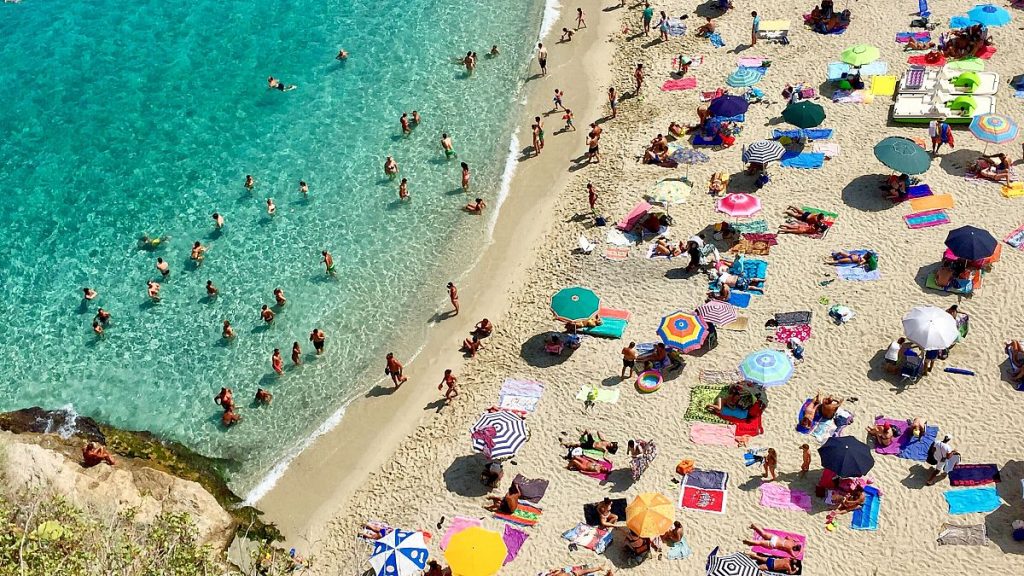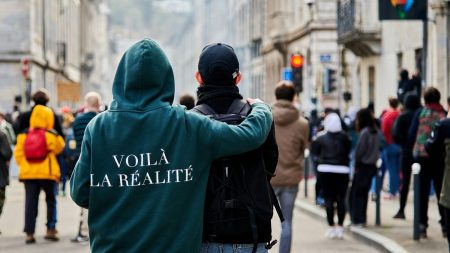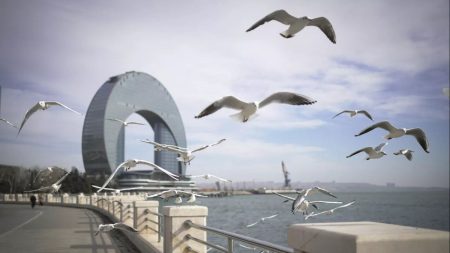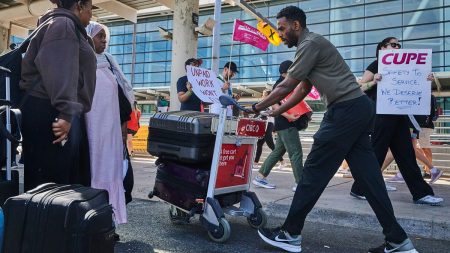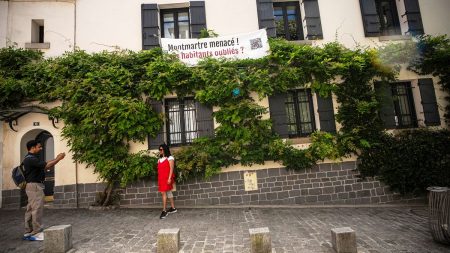August is a significant holiday season in Italy, with most businesses shutting down for a few weeks. The break culminates on 15 August with Ferragosto, a major national holiday that marks the height of summer in Italy. Originally established in 18 BC as a rest day for workers in the agricultural sector by Emperor Augustus, Ferragosto was later moved to 15 August to coincide with the celebration of the Assumption of the Virgin Mary by the Catholic Church. While businesses now only close for around two weeks, Ferragosto remains one of Italy’s most important festivities, akin to Christmas Day in other parts of the world.
The most traditional way to celebrate Ferragosto in Italy is by heading to the beach. Many households spend the entire month of August at the seaside, with the 15th marking the highlight of the holiday. It is customary to have a big barbeque or al fresco lunch on the beach with family and friends on Ferragosto. This practice originated during Italy’s Fascist regime in the 1920s, when the government organised discounted rail journeys to the seaside, leading to the tradition of bringing packed lunches. Today, this meal often includes heavy fare like pasta bakes and stuffed vegetables.
While many businesses in Italy still close for August, the increase in summer visitors means that eateries, bars, gelaterie, and tourist attractions remain open. Cities like Rome, Bologna, and Apulian city of Bari host events throughout August to cater to the rise in tourism. Major tourist attractions like the Uffizi gallery in Florence and the Ducal Palace in Venice also remain open. However, the Vatican Museums are closed on 15 August. Additionally, many cities host special events during August, such as outdoor cinemas, jazz festivals, opera festivals, and traditional folk music and dance festivals.
One of the biggest travel mistakes in Italy during August is driving, as the roads become congested with people traveling to and from the seaside. Motorways become busier, and smaller roads leading to coastal holiday destinations often experience major traffic jams. The Italian government issues travel warnings and a color-coded calendar to help motorists avoid peak traffic times. Days are categorized as yellow for heavy traffic, red for heavy traffic with possible critical conditions, and black for critical levels of traffic. Weekends are often classified as red, and authorities advise against driving on Fridays and Monday mornings.
In general, if you are traveling to Italy during Ferragosto, there are plenty of events and activities to get involved in, from beach barbeques to cultural festivals. While the holiday may lead to closures of some businesses, many restaurants, bars, and tourist attractions remain open to cater to the increased tourism. With proper planning and awareness of peak travel times, visitors can make the most of their trip to Italy during this festive season.




